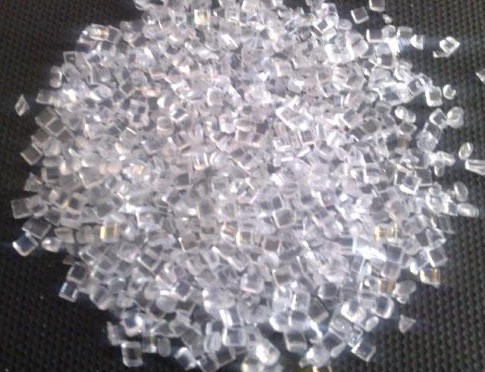Plastic may be one of the materials having the mostly wide application created by chemists. As
ABS plastic an example, the thermoplastic polymer consist of acrylonitrile, butadiene and styrene, having light weight and high stiffness, widely applied in bumper, air conduit, helmet, kitchen appliance and lego. However, the raw materials of the plastic are required from oil derivatives, which cannot meet the requirements of emphatic sustainable development.
Now, researchers from Oak Ridge National Laboratory of the US Department of Energy use xylogen from plants to take place of styrene in ABS plastic, developing a new better thermoplastic-ABL (acrylonitrile butadiene lignin). They develop a new solvent-free manufacturing technique, making nanometer xylogen connect with each other which is dispersed in matrix of synthetic rubber, producing fusible and moldable tough material. The material is tougher than ABS plastic by at least 10 times. ABL is recyclable. It still has good performance after being molten for 3 times. The result is released on the magazine-Advanced Functional Materials, which may provide cleaner and cheaper raw materials to different manufacturers.
“The features of the new thermoplastic are better than ABS plastic.” Amit Naskar, corresponding author of the article said. He applied patent for the new materials with ChauD.Tran, the first author. “We can call it as green environmental product, because 50% of parts are renewable, which can reduce the demands for oil derivatives during commercialization.
To develop the material, team from Oak Ridge National Laboratory should face with several problems:
Whether can diversity of lignin be overcome to acquire plastic products having more excellent performance?
Whether can lignin be integrated into matrix of soft polymer smoothly?
Whether can chemical and physical properties of derived polymers of lignin be better known, in order to control features?
Whether can the method used to produce derived polymers of lignin be modified?
“Lignin is a very weak natural polymer that toughness should be strengthened.” Naskar explained. The main objective of the team is to produce industrial polymers having enough strong toughness so the material cannot be broken during deformation.
However, lignin has different heat stability. Scientists evaluated lignin coming from wheat straw, cork (such as pine tree) and hardwood (such as oak). They discovered that lignin from hardwood had the best heat stability and lignin from some types of cork also could maintain stability in molten state.
In the next, researchers need to combine lignin with matrix of soft polymer. In general, chemists can compound polymer to realize combination in solvent. However, both lignin and synthetic rubber of butadiene (also called as butadiene-acrylonitrile rubber) have chemical group that electrons distribute unevenly, which may react with each other. So, Naskar and Chau Tran try to combine two substances in molten without solvent.
Meanwhile, researchers also optimize components and production technique of ABL plastics. They find that when acrylonitrile accounts for 41% of matrix of synthetic rubber, toughness and stiffness of ABL plastics can realize the best balance. Components have the best effect when mixing temperature ranges from 140 to 160 centigrade.
Researchers also find that yield stress of final materials including 5-100nm slice formed by lignin and rubber interfacial having high modulus reaches as high as 15-45MPa.
The future research of the tem will explore different raw materials, especially the possibility that industrial waste of biomass used for ABL plastic.
